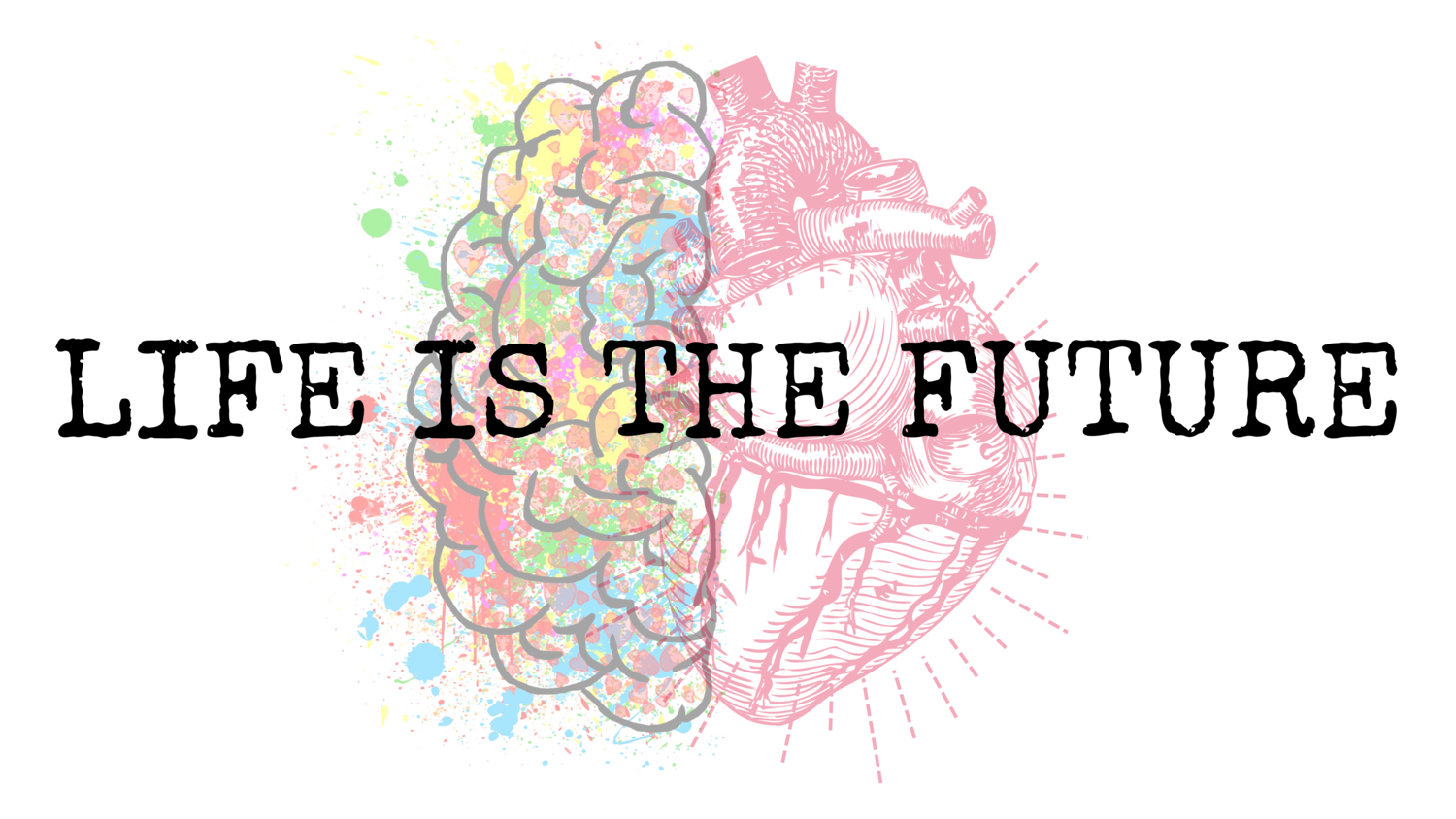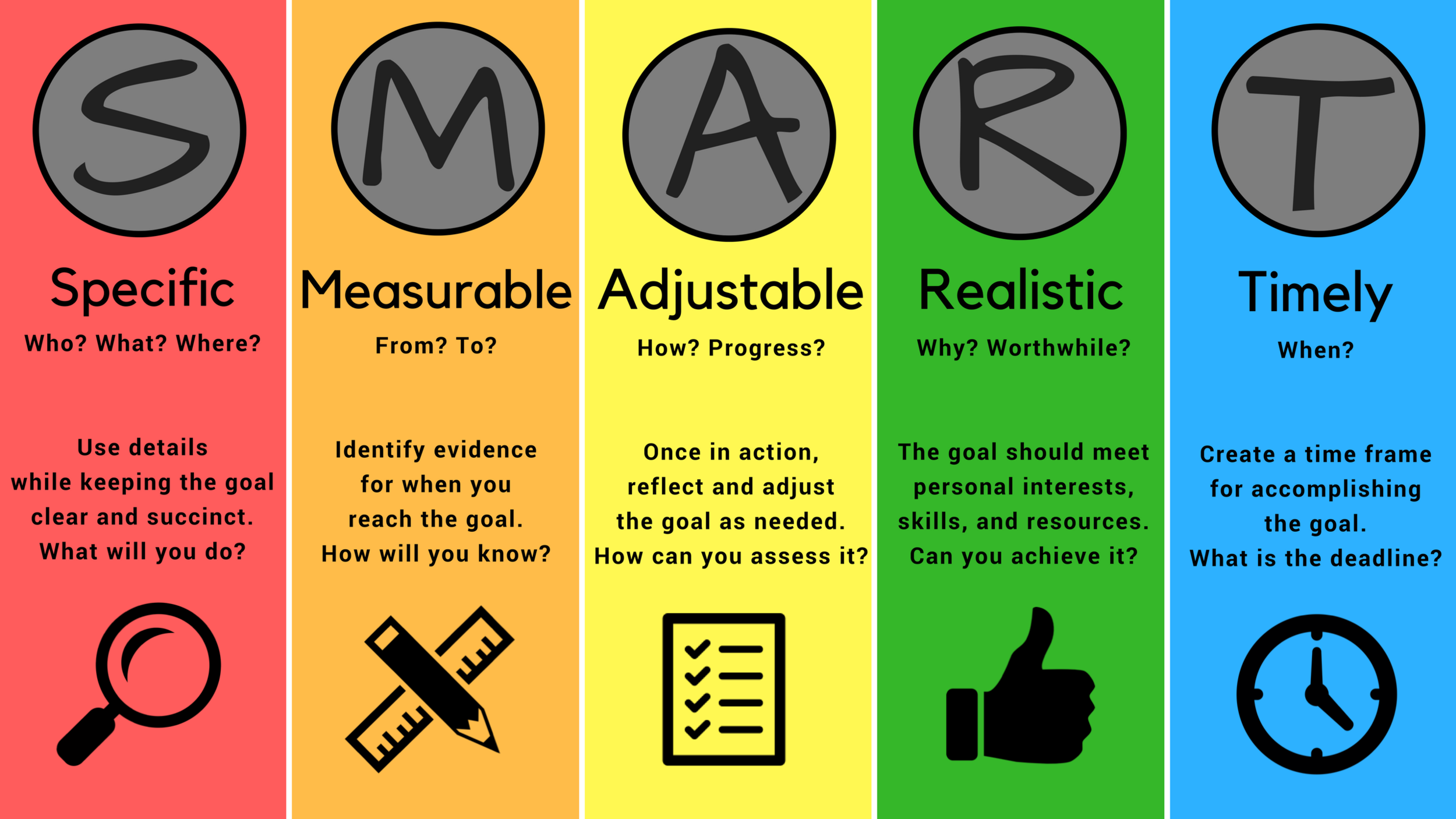Wellness Plan
Wellness Plan
One of my favorite assignments to use in 8th grade is a Wellness Plan. I figured I'd write out a basic idea on how to get students, especially middle school students, started in a goal setting project. (NHES #6)
A template of my Wellness Plan is in the Google Doc link at the top of this page. Have at it!
First, please check into "The Essentials of Teaching Health Education" by Holly Alperin and Sarah Benes, and also "Lesson Planning for Skills-Based Health Education" by the same authors. These texts give excellent ideas on how to structure skills-based goal setting lessons.
My write-up here is not a replacement. This particular take on things is simply that: an angle on goal setting that I've found to work well. I happen to be big into abstract connections, but obviously each teacher needs to do what's best for their own personality and instruction.
Needs Assessment
As teachers, all too often we are quick to dive in to changing lives without first thinking about sustaining lives. Meaning, we tell students they need to change before recognizing their strengths. Healthy behavior is already occurring— draw attention to this first in order to help with clarity later. It also allows students to realize what healthy habits they do have versus what they might want to improve.
There are plenty of wellness assessments you can find and use to identify areas of life that students might focus on. The previously mentioned texts can help, or perhaps you have seen or used others.
For me, I use this in-depth self-assessment in 7th grade, but in 8th grade I choose to do an informal needs assessment before goal setting. I find it to be quick this way, and it stays away from redundancy, but I am also urging the hidden skill of creative thinking.
In asking students to brainstorm what they are good at, I like to "trick" them into higher level thinking with analogies. Your angle on things will vary, but again I've found this to work for me in order to get students into some deeper thinking.
Analogy: a comparison between items that are otherwise dissimilar.
Prop items somewhere in the room for students to see— for me, the whiteboard with a label in marker above. I use these items and terms: drumstick, tennis ball, plastic cup, matchbox car, toy blocks, monkey dude, and backpack.
To start, students write one sentence connecting the inanimate analogy item with themselves. Model examples in order to help.
Sentence 1:
“I am like a ______________, because ______________________________.”
Mr. Todnem’s Analogy: “I am like a drumstick, because I keep a good rhythm when I run.
Criteria for students: this must be positive and something they are good at. Not the best in the world, but a good characteristic; a good character trait. Other ideas: "I’m like a monkey dude because I swing from group of friends to another group of friends and I keep up with everyone." Or…. "I’m like toy blocks because I can build on other people’s ideas, while also building people up with positive words if they ever topple and crumble down."
The use of an analogy eliminates the number of students who claim they aren’t good at anything. (Undoubtedly some still will.) This way, they can focus on the item at the start of things to get the brain turning. If you still have issues, encourage students by guiding them to think about a specific part of life they enjoy: sports, music, class work, their social life, technology, etc. How does the analogy item relate?
After letting students brainstorm, write, and even share with people nearby (a noisy classroom is a happy classroom!), highlight some student examples with analogies that are more than superficial. This helps other students think more about their own life. As a transition, ask them to identify what part(s) of life their analogy fits into: physical, mental, or social well-being.
Sentence 2:
“I would like to ________________________________________________.”
Mr. Todnem’s Example: “I would like to improve my speed in order to finish races faster.”
Next, have the class keep their strengths in the back of their minds but now hone in on weaknesses or an area of life they want to improve. If it's not a weakness, per se, but bettering their strengths, that's okay as well! (To make a sports team, do well in a music recital, etc.)
Sentence two is the bare-bones of a goal. (It's actually just a wish.) If the analogy item was something you used and seemed to work, you can now ask students what weakness the item might have. Any flaw or potential downfall that relates to their own life? This can be linked to their first sentence or a completely new thought. Either way is fine.
Remember, this is a quick, informal needs assessment. Use a checklist or more in-depth approach if you prefer to better suit your needs.
Smart Goal
You have now prepared students for a SMART goal. Have them use their "wish" sentence to work individually, then together to peer edit, and make their goals "smart."
There are many ways to use the SMART acronym: Specific, Measurable, Adjustable, Realistic, Time-Based; OR Specific, Measurable, Attainable, Relevant, and Trackable; OR another style you choose.
Please feel free to download and use the SMART Goal header image at the top of this blog post. :)
Mr. Todnem’s SMART Goal:“I would like to improve my speed by working on agility, speed, and nutrition in order to finish races faster by the end of May.”
My only criteria is that their goal needs to be 1.) challenging, 2.) legal, and 3.) positive. In other words, they can't negatively interfere in someone else’s health.
Most of the time, students are still missing a piece— for instance, a lack of specifics or missing a time frame. My example from above is specific (howwill I achieve it—agility drills, etc), I can measure it (race times), it’s attainable/adjustable (I didn’t say I was going to win the marathon, I can update the goal as I train), it’s relevant/realistic (that’s a real goal for me— I didn’t make it up just for Health Class), and it’s trackable/timely (it will happen by the end of May).
You can always have some students share out loud— take 3-4 examples and have the class check on the SMART acronym with you out loud. Then, and only then, do I hand out the Wellness Plan packets.
Goal Setting
It may seem old-school, but I use hard copy packets to work through our 2-week project. I think it's important to write or type out progress, which is the practice piece of the goal setting standard. This also serves as a place for teacher feedback, and is obviously the assessment for the unit focus. I use an action plan page, a weekly log sheet, and an evaluation form.
We do all the writing in class, with the real "work" being outside of class— working towards their goal.
For formative assessments, I can roam and give daily feedback during the beginning of each class period as students log any progress. I can also collect at the end of week one for tips and pointers. The summative assessment is upon turn-in. Students are not expected to have completed their goal, necessarily; most are longer in their time frame. However, they are expected to have developed age-appropriate comprehension, application, and evaluation of goal setting as a life skill.
Two weeks is a nice time frame to practice and carry out a goal setting assignment, although I've done longer and can make a case for plans that last an entire quarter or semester. However, in my mind, a few weeks allows the skill to be embedded in habit without droning on through repetition. Students generally do well and enjoy the chance to work through a goal of their choice.
Additional Connections?
Looking for an additional connection or more motivation? There are plenty of quick articles you can share with students or short video clips you can use as inspiration and/or to prompt further understanding.
I happen to use two separate Toy Story clips as Monday Motivation during the 2-week project.
Scene 1: Buzz enters Andy's room
Conversation questions:
- How do Woody & Buzz relate to goal setting?
- Entering Andy's room for the first time, did Buzz have a goal?
- After meeting Buzz Lightyear, did Woody have a goal as well?
- What happened as Buzz attempted to prove he could fly around the bedroom... did Buzz really fly?
- Knowing that they're all just toys with limitations, Woody represents something in life. On the flipside, Buzz wouldn't let others tell him he couldn't do something, so he represents the opposite.
- What two concepts are we referring to here? And how does this all relate to a real-life wellness plan?
Teaching notes:
Woody (reality) and Buzz (fantasy) are both necessary in goal setting. Ground yourself in reality, knowing your own limitations, but fly through life with as much imagination and creativity as you can. (Falling with style.)
Scene 2: Woody saves Buzz from Sid & the Dog
Conversation questions:
- What does Sid, the next door neighbor kid, represent?
- When have you had your "batteries" run out?
- What does Buzz realize at the end? Is he really flying?
- How can we connect all of this to real people, our own life, and specifically our goal setting assignment?
Teaching notes:
Sid is like our obstacles, excuses, or even our own procrastination/laziness. In this clip, Woody and Buzz almost switch perspectives on things, eventually leading Woody to press through his own setback and persevere. (Again, "falling with style.")
Finale
At the end of the two weeks, I add additional props to the first analogy items to culminate the assignment (snare drum, tennis racquet, water in the cup, books in the backpack, etc.).
This can prompt a full class conversation in itself, building on the concept that things were added to the original items just as students added to themselves during the Wellness Plan. Nothing is fully complete, however, just like goals— things can be modified to serve our own needs. (We can still add more for a drumkit, tennis game, for a full meal, in the backpack for learning, etc.)
A nice, final touch is to have hidden flaws in each item. For example, an out-of-tune snare drum, broken strings on the racquet, a crack in the plastic cup, etc. Guide a class discussion on how this represents student goals, or people in general, and you may be in awe at how much student growth has taken place in just a matter of weeks.
More on Media!
Facebook: @MrTodnem YouTube: @MrTodnem Twitter: @ScottAmpersand Instagram: @ScottAmpersand



